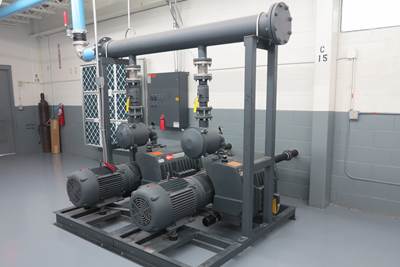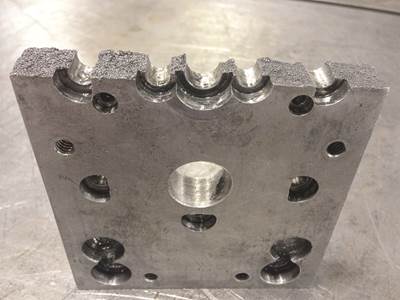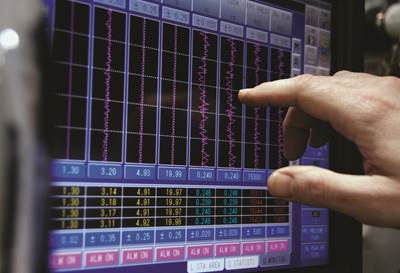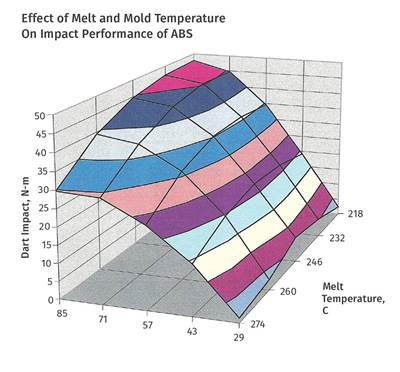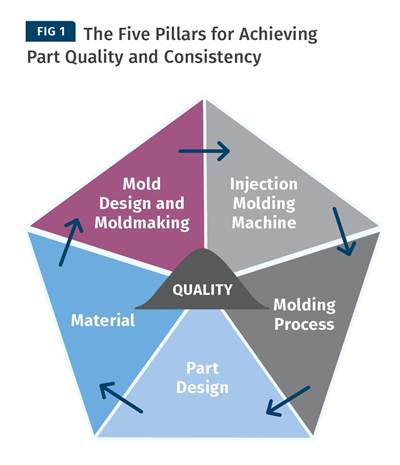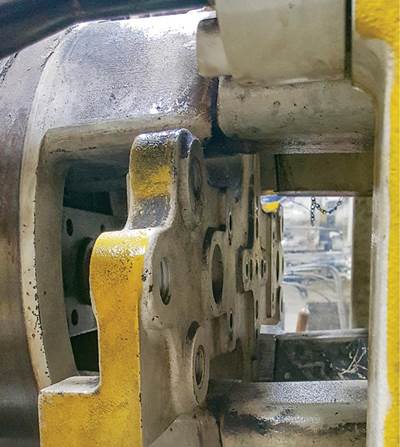best practices
How to Improve Production of Catheters and Stents
Advances in downstream extrusion equipment have boosted production control.
Read MoreSwitch to Centralized Vacuum Supply Saves Molder Energy, Boosts Production
Less maintenance means more time for processing, thanks to elimination of vacuum pumps at each press.
Read MoreReducing Low-Level Background Gels in PE Film
While considered acceptable in many cases, they need not be tolerated and are usually attributable to minor screw-design flaws. Here’s some advice on what to do about them.
Read MorePellet to Gate Control: The Value of a Holistic View of Melt Management
Molders tend to think about the elements of a melt-delivery system, from screw to hot-runner gate, in isolation from each other. But taking an integrated view of the whole system can have big consequences for cycle time, part quality, scrap rates, and energy consumption.
Read MoreAccredo’s Credo: Designed for Sustainability, Built for Success
In fewer than 10 years, Accredo Packaging has developed innovative packaging solutions—including the first-ever all-PE barrier standup pouch—while maintaining its commitment to being ‘green.’
Read MoreTooling: Why Ejector Pins Break And How to Prevent It, Part 2
Here’s the when and how to reduce the unsupported length of pins.
Read MoreInjection Molding: Is There a ‘Most-Important’ Process Parameter?
A case can be made for multiple variables—fill balance, fill time, injection pressure, cavity pressure—as most important. But there is something else altogether that is essential to successful injection molding.
Read MoreA Processor’s Most Important Job, Part 8: Molded-In Stress
How processing adjustments can control molded-in stress.
Read MoreImproving Molding Process Capability: The Role of the Five Essential Pillars, Part 2
Each contributes to molded-part quality, and each must be optimized before production begins.
Read MoreTooling: Why Ejector Pins Break...and How to Prevent It, Part 1
In part one of this four-part series, we focus on the molding machine and the ejection system as culprits.
Read More
